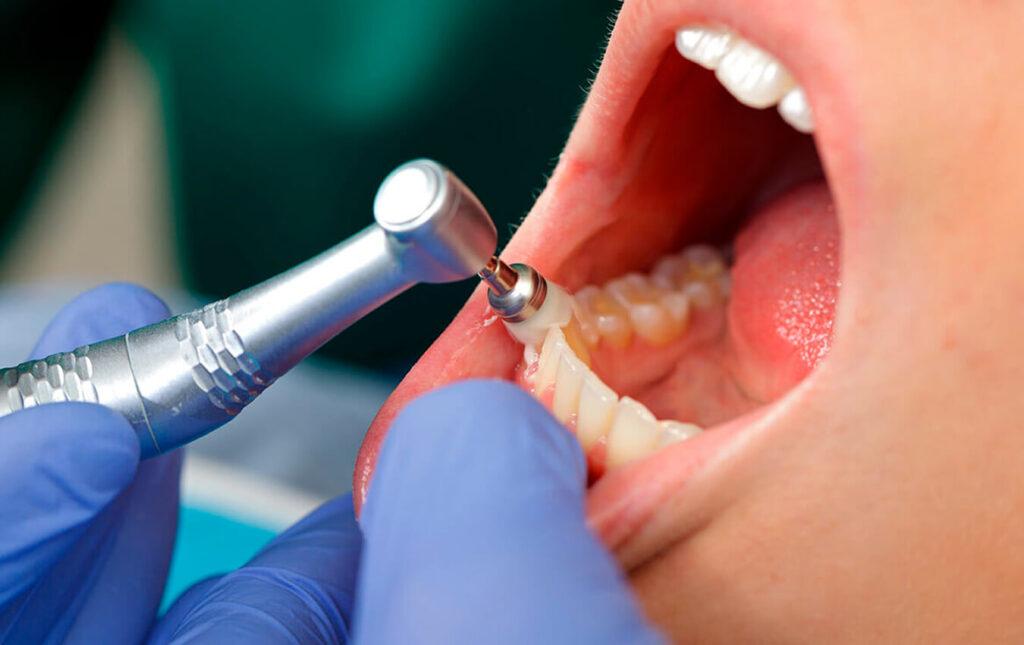
Benefits
- It gets rid of all the build up of plaque and tartar on the teeth
- It cleans the teeth in all the places a brush doesn’t reach
Who is this procedure for?
- People who have heavy plaque and tartar build-up are advised to undergo this procedure;
- People who have not visited a dentist in a long time.
What happens before the procedure?
Anesthesia is only required for people who are very sensitive to pain, while in other cases some form of sedation, like nitrous oxide is used. These are usually required on people who have dental phobia.
What happens during the procedure?
During the procedure the dentist uses a combination of hand tools and ultrasonic devices to clean the plaque and tartar from underneath the gum line. These devices dislodge plaque and tartar from the teeth with the use of water and high – frequency vibrations. This is how the tartar is used. Sometimes Hydrogen Peroxide is used to clean the area.
What happens after the procedure?
Once the procedure is done, the patient is not allowed to eat or drink anything for at least half an hour. Although the procedure lasts about an hour, debridement is only the first step of periodontal treatment. After completing this procedure the dentist evaluates the patient’s teeth to determine the course of therapy, which might include root planning or periodontal surgery.

